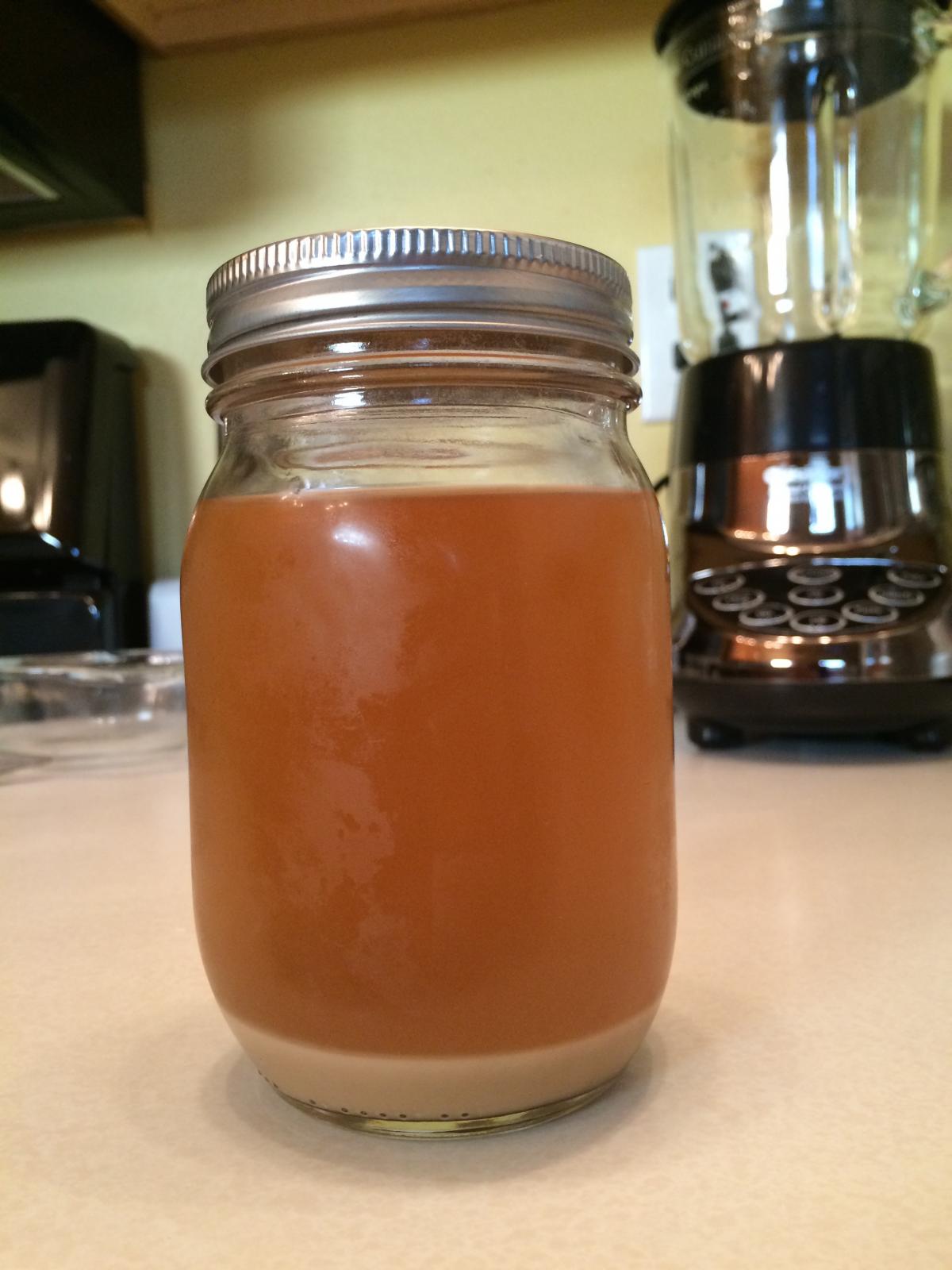homebrewlover
Member
I have done about 9 brews so far and decided to dabble in harvesting yeast for the first time. The strain is White Labs California Ale WLP001. The brew that I harvested from sat in the primary for 3 weeks before I harvested the yeast. I added sterile water to the bottom of the carboy, swirled and dumped everything into a single vessel, let settle, then poured into individual mason jars one at a time letting settle before pouring each. I let them sit in the fridge overnight, the next day I decided to swirl them to see if I could see distinct trub drop that I could pour off. I really only saw quick separation in 1 jar. I poured off now all jars look the same. I am barely seeing 3 layers after a couple more days in the fridge. Should I be worried? 





































![Craft A Brew - Safale BE-256 Yeast - Fermentis - Belgian Ale Dry Yeast - For Belgian & Strong Ales - Ingredients for Home Brewing - Beer Making Supplies - [3 Pack]](https://m.media-amazon.com/images/I/51bcKEwQmWL._SL500_.jpg)





















